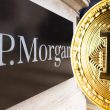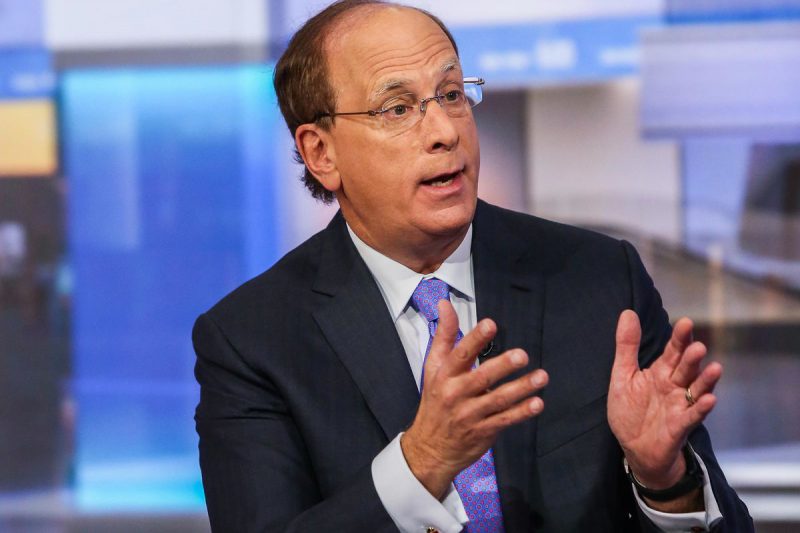On Wednesday, March 15, BlackRock CEO, Laurence Fink warned that the regional banking sector in the U.S. continues to be at risk after the collapse of Silicon Valley Bank. In fact, he also went on to opine that more bank seizures could take place going forward.
Also Read: Credit Suisse’s Largest Shareholder Rules Out Financial Aid: Shares Hit ATL
Fink said that it was not clear if the banking crisis, triggered by rising interest rates, would claim more victims, but mentioned that it is inevitable that some banks will pull back on lending going forward to refine their balance sheets.
That, in turn, will lead bank clients to turn more to capital markets for their financing in the face of “asset-liability mismatches” that affected Silicon Valley Bank and other institutions. Nevertheless, the executive acknowledged that quick regulatory action helped dodge away a wider crisis. He added,
“It’s too early to know how widespread the damage is. The regulatory response has so far been swift, and decisive actions have helped stave off contagion risks. But markets remain on edge.”
Inflation will persist: BlackRock’s Fink
In an annual letter, Fink said that after the regional banking crisis, the financial industry could have something called “liquidity mismatches.” Low rates have, notably, driven some asset owners to raise their exposure to higher-yielding investments that are fairly less liquid, or not easy to sell.
In a letter reportedly seen by Reuters, Fink further explained,
“Bond markets were down 15% last year, but it still seemed, as they say in those old Western movies, ‘quiet, too quiet.’ Something else had to give as the fastest pace of rate hikes since the 1980s exposed cracks in the financial system.”
Furthermore, as far as inflation is concerned, Fink anticipated that, a more divided world will puncture supply chains and make inflation persistent. According to him, it would “more likely stay closer to 3.5% or 4% in the next few years.”
Also Read: U.S. Inflation Rate Falls to 6% in February





